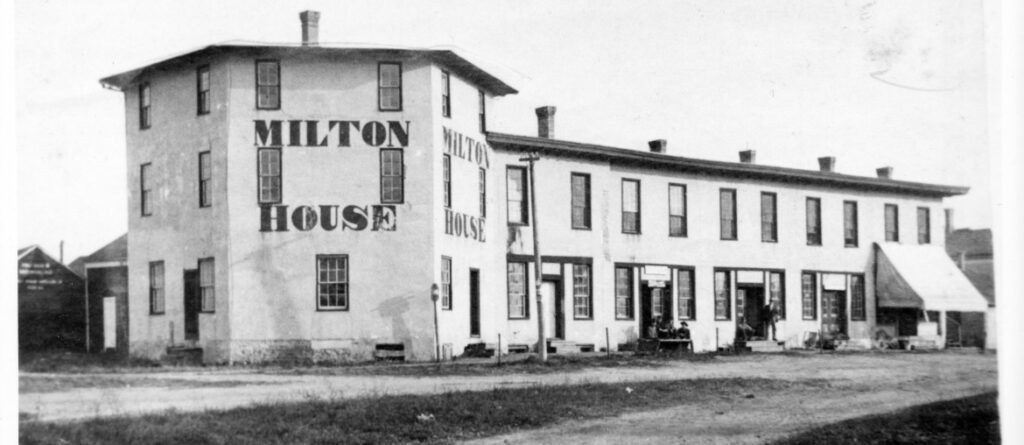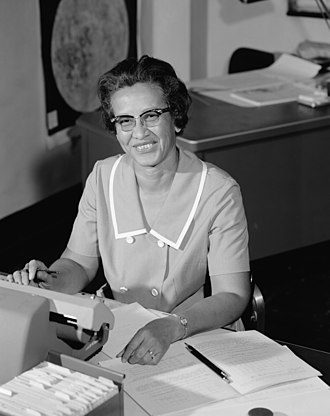Nikola Tesla was a Serbian-American inventor, electrical engineer, mechanical engineer, and futurist who is best known for his contributions to the design of the modern alternating current (AC) electricity supply system. Born in Smiljan, Croatia, in 1856, Tesla studied engineering and physics at the Austrian Polytechnic in Graz, Austria. After graduation, he worked as an assistant to renowned inventor and businessman Thomas Edison in the United States. Despite his early success, Tesla soon found himself at odds with Edison over the best way to generate and distribute electricity. While Edison was a strong proponent of direct current (DC) power, Tesla believed that alternating current was the future of electricity. Tesla’s vision was proven correct, and today, AC power is the standard used around the world. In addition to his contributions to the field of electricity, Tesla was also a prolific inventor, with more than 300 patents to his name. Some of his most famous inventions include the Tesla coil, a device used to produce high-voltage, high-frequency alternating currents, and the AC motor, which paved the way for the development of modern appliances and machines. The Tesla Coil: A Pioneering Device in the Field of Electricity The Tesla coil is one of Tesla’s most famous inventions. It is a resonant transformer that is used to produce high-voltage, high-frequency alternating currents. The coil consists of two parts: a primary coil and a secondary coil. The primary coil is connected to a high-frequency power source, while the secondary coil is separated from the primary coil by a large air gap. When high-frequency current is passed through the primary coil, it induces a high-voltage current in the secondary coil, which can be used for a variety of purposes, such as producing light and heat or transmitting radio waves. The Tesla coil was an important development in the field of electricity because it allowed for the production of high-frequency alternating currents, which were previously difficult to produce. This opened up new possibilities for researchers and scientists, who could now use these currents to study the behavior of materials and perform a variety of experiments. The AC Motor: The Foundation for Modern Appliances and Machines The AC motor is another one of Tesla’s most famous inventions. It is a type of electrical motor that uses alternating current to produce rotational motion. The AC motor is unique because it does not rely on commutators or brushes, which can wear out and cause problems over time. Instead, the AC motor uses the alternating current itself to produce rotational motion, making it much more reliable and durable than traditional DC motors. The AC motor paved the way for the development of a wide range of modern appliances and machines, including refrigerators, washing machines, and vacuum cleaners. It also played a key role in the development of the electric power industry, as it made it possible to transmit electricity over long distances and to generate power on a large scale. Conclusion Nikola Tesla was a visionary inventor and engineer whose contributions to the field of electricity have had a profound impact on the world. His inventions, including the Tesla coil and the AC motor, paved the way for the development of a wide range of modern appliances and machines, and helped to lay the foundation for the modern electric power industry. Today, Tesla’s legacy continues to inspire scientists and engineers around the world, and his name is synonymous with innovation and progress.






